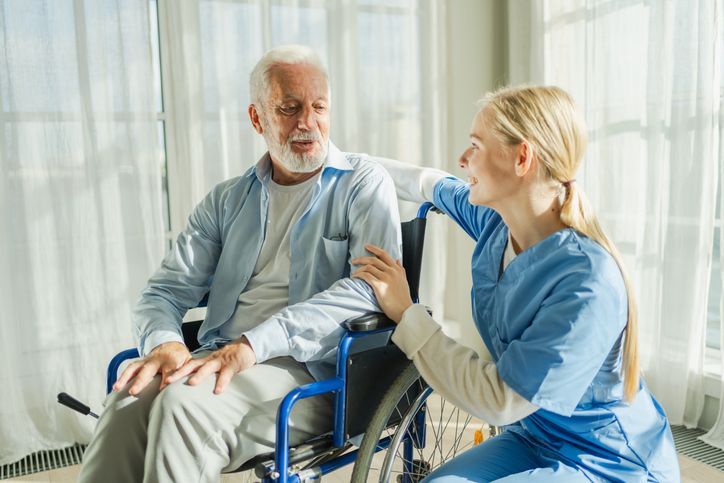Should You Leave Money in Your 401(k)?
There’s a growing trend among new retirees. With increasing frequency, Americans are choosing to leave their retirement savings. According to data from Fidelity, 55% of workers leave their retirement savings in their former employer’s 401(k) plan for a full year after retirement. That’s up from 45% just four years ago.1
Why are retirees leaving their assets in their old 401(k) rather than rolling those funds to an IRA? There could be a variety of reasons. Workers may be happy with the plan’s investment options and administration. They may feel comfortable with the plan’s online access and other management tools. They might not need the money immediately, so they don’t have urgency to do anything with it. It’s also possible that some retirees may not be aware that they can roll their funds into an IRA tax-free.
While there are certainly benefits to keeping your assets in your employer’s 401(k), there are also good reasons to roll the assets into an IRA. If you’re approaching retirement, now is the time to consider your options for your 401(k), which may be your largest retirement asset. Below are a few factors to consider:
Investment Options
Management and Administration
You also may be comfortable with your 401(k) plan’s management and administration tools. Perhaps the website is easy to use. Maybe you have a dedicated support person within the plan administrator’s office. You know how to make changes and review your account, and you may not want to make changes at this time.
Again, though, consider whether it will still be convenient in the future to keep your assets in your old 401(k). If you’re like many retirees, you may have multiple 401(k) plans from old employers. You also might have IRAs and other investment accounts. It’s difficult to manage and adjust your strategy when you have accounts spread across multiple custodians and institutions. You could simplify the process by consolidating your qualified retirement assets into one IRA.
Also, when you reach 72, you’ll have to take required minimum distributions (RMDs) from your 401(k) and IRA. Again, that process may be inconvenient if you have to pull distributions from multiple accounts. If you consolidate your qualified assets into one IRA, you simply have to make withdrawals from one account to satisfy your RMD each year.
Income Protection
While you may not need to tap into your 401(k) assets today, it’s possible that at some point in the future you will need to take withdrawals from your retirement savings. Of course, it’s difficult to know how much you can safely take in a withdrawal each year. What if you live longer than you anticipate? What if the market takes a downward turn? How can you be sure your assets and income will last for life?
In most IRAs, you can use financial vehicles like annuities to convert a portion of your savings into guaranteed* income. You receive a regular consistent check that is guaranteed* for life, no matter how long you live or how the markets perform.
Historically, annuities with guaranteed income benefits have been more available in IRAs than in 401(k) plans. However, the passage of a new law, called the SECURE Act, creates the possibility for 401(k) plans to start offering these vehicles. Whether it’s through your IRA or 401(k), guaranteed income could give you a base level of financial stability confidence in retirement.
Ready to implement a plan for your 401(k) assets? Let’s talk about it. Contact us today at Retirement Advisers.Net. We can help you analyze your needs and develop a strategy. Let’s connect soon and start the conversation.
1https://www.marketwatch.com/story/more-americans-are-leaving-their-money-in-401k-plans-after-retirement-should-you-2019-10-31
*Guarantees, including optional benefits, are backed by the claims-paying ability of the issuer, and may contain limitations, including surrender charges, which may affect policy values.
Licensed Insurance Professional. This information is designed to provide a general overview with regard to the subject matter covered and is not state specific. The authors, publisher and host are not providing legal, accounting or specific advice for your situation. By providing your information, you give consent to be contacted about the possible sale of an insurance or annuity product. This information has been provided by a Licensed Insurance Professional and does not necessarily represent the views of the presenting insurance professional. The statements and opinions expressed are those of the author and are subject to change at any time. All information is believed to be from reliable sources; however, presenting insurance professional makes no representation as to its completeness or accuracy. This material has been prepared for informational and educational purposes only. It is not intended to provide, and should not be relied upon for, accounting, legal, tax or investment advice. This information has been provided by a Licensed Insurance Professional and is not sponsored or endorsed by the Social Security Administration or any government agency.
19563 - 2019/12/16




